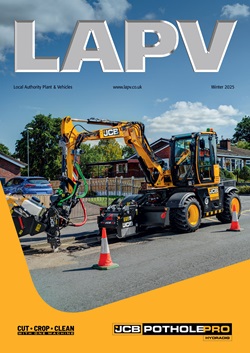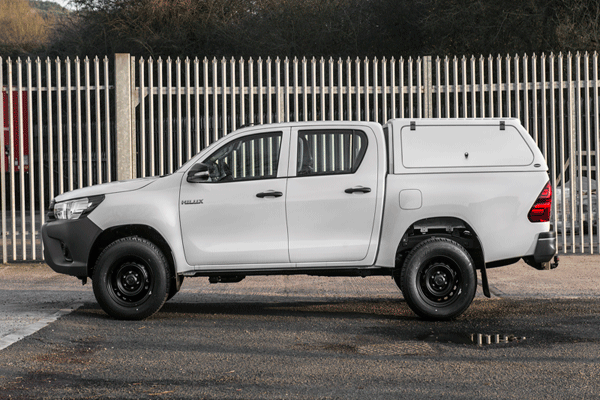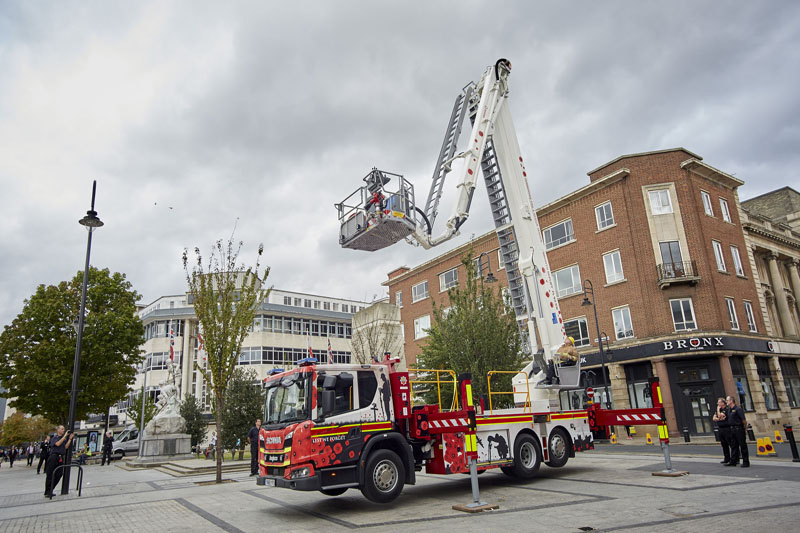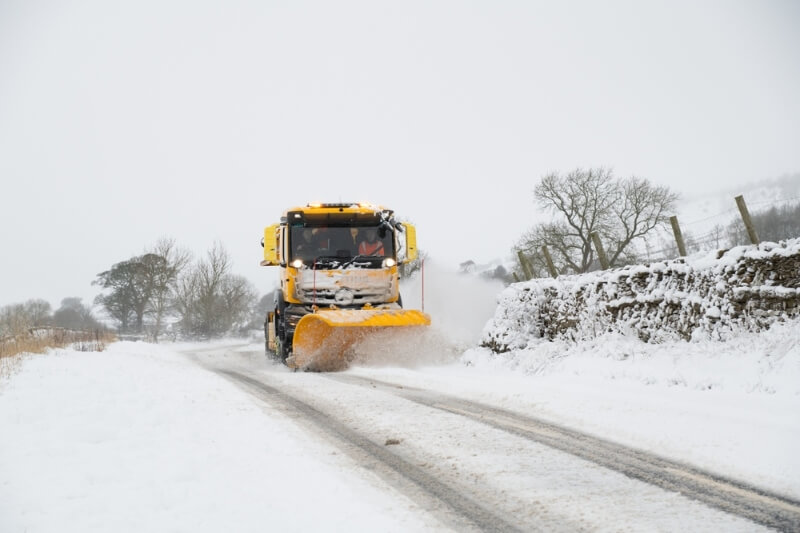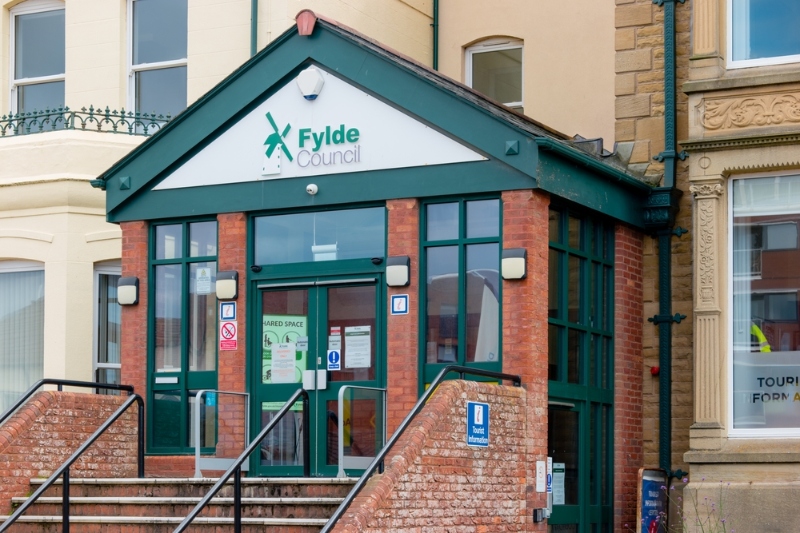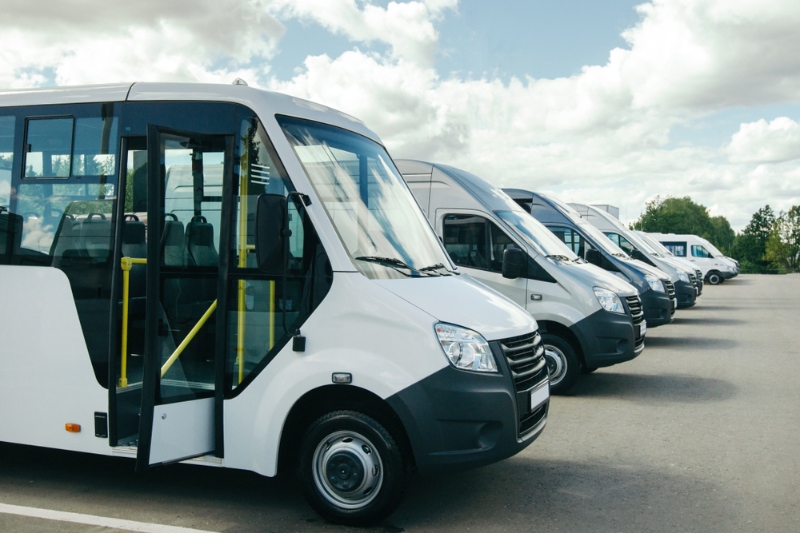New York City already operates the largest municipal fleet in the world ' precisely 30,457 vehicles at the time of Future Fleet Forum ' and the largest alternative fuels fleet. Now it is vying for a new title ' the fleet of the future.
What does that fleet look like? 'We want the fleet of the future to be green, safe, shared, transparent, responsive, partnered, prepared and diverse,' said NYC chief fleet officer Keith Kerman, who gave an overview of New York's progress. 'Fleet is an important thing that drives an enormous amount of what happens in our daily lives and industry, and it doesn't get the attention it deserves'
On safety, NYC has adopted Vision Zero and the city has seen the lowest number of fatalities on its streets in 100 years for the second year running. Its Safe Fleet Transition Plan is a comprehensive effort to develop a future for fleet in which vehicles are designed and specified to be as safe as possible at all times.
'Every one of our 160 vehicle types will go through this process in a collaborative way to ensure we buy the safest products,' said Keith. This includes the addition of truck side guards, a concept that came from the UK and is only seen on vehicles in NYC and a few other US cities. Mobiles have been banned, including hands-free use and texting while driving. 'We don't believe the safety issue is the movement of the arms, it is the distraction of the conversation.
'We also want to bring virtual reality into our driver training programme. On-road training is very expensive and we want to see if VR can help bridge that gap'
On environmental performance, NYC is going electric as fast as it viably can, said Keith. The city currently has around 1,200 on-road EVs and is no longer buying any sedans that don't have plug-in capability. It is also looking into the issue of energy sourcing.
'If you look at the sourcing pathway for electricity, you don't necessarily have a clean vehicle. So we are looking to solar car ports that can power up to three EVs a day. They are not cheap yet, but they will probably become more commercial over time. Every high school student who learns to drive through NYC's department of education learns in a fleet EV and, starting at Thomas Edison High School in Queens, the car is also powered by the sun'
The city is also a big user of biodiesel. All its trucks use 20% biodiesel and 80% sulfur diesel, mostly from excess soy oil. 'This year we will conduct a US$1 billion trial with renewable biodiesel. We think it could be a long-term alternative to regular diesel in trucks. By 2025 we will stop using regular diesel in our trucks altogether'
'Shared resources is another area NYC is pursuing, and this is a critical concept at retail and fleet level,' said Keith. 'We are pushing car share and we are the largest user of Zip Car in the US. We have a scheme whereby we can share our city-owned fleet vehicles as though using Zip Car. Reporting through this programme has found incredible opportunity to improve efficiency'
The sharing of fleet resources has led to major consolidation. For example, the police department fixes 2,000 vehicles for other agencies. 'We are breaking silos among fleet operators to find economies of scale'
There have also been changes in the way the city handles data. Its reporting is all made public on its website, while telematics data is sent to Columbia University and others for analysis. Upgrades to telematics include real-time tracking for all vehicles and automated collision reporting and the establishment of a real-time command centre ' the fort ' where everything is monitored 24/7.
NYC is also looking outside for inspiration to tackle the challenges of the future, said Keith. 'We organised a Climate Action Challenge and asked the world to submit ideas for the future of EVs, and we are going to find the best ideas and bring them to life. And we understand the importance of procurement. We want the most competition in our contracts and to be the quickest to new ideas'
Keith added that sustainability isn't just about the future of the environment. Climate change is a current reality not just a future threat and preparing for and managing emergencies is all part of sustainability. 'We had a fuel crisis in January, a heating oil shortage during a cold spell. Vendors couldn't supply it and suddenly fleet had to bridge the gap. We need to be ready for things like this'
Readying for the future also extends to skills. NYC fleet has partnered with the city's high schools to bring in the next generation of mechanics and train those interested in transport trades in electric vehicles before internal combustion engines.
Keith finished by announcing plans for the City of London, NYC, CILT and LAPV to formalise their fleet partnership and continue the principles of sharing best practice and collaborative improvement started by Future Fleet Forum. 'We will work together to advance fleet sustainability, Vision Zero, and procurement innovation and implement schemes such as CLOCS and FORS under the Future Fleet Partnership. We will extend the invitation far and wide for other fleets to partner with us.'


